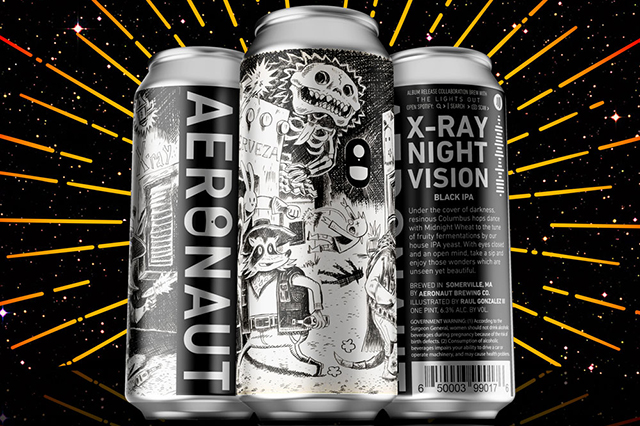
Test Kitchen is an ongoing print column and online blog by the Publisher of Brewer Magazine and Test Kitchen Owner, Tyler Montgomery. With a 1.5-barrel brewhouse launched in 2019 that expanded into a 10-barrel facility in 2021, this is his experience and notes from the journey along with reviews of products and services.
Being a new brewery comes with so many ups and downs.
One of the major perks of being new is the ability to fail with little to no reflection from your local customer base — of course, you will have some but let’s keep the blinders up.
In the launch of any business, failure is an absolute must. You’ve got to experiment with new creations and events surrounding your space.
In the first eight months, we spent a lot of time designing, brewing, and releasing new beers. We worked diligently with the brews we launched with, but as a small brewery, we continually tried to create new and unique beers for our people.
Additionally, we experimented with unique party ideas, musical acts, and even several weeks of comedy. All of which came with good days and bad.
By the time we opened our second location at the end of 2021, we were ready to play a different game. While it’s not always the most exciting maneuver, following your numbers plays a crucial role in the success of your business.
Even in our small location, we began utilizing TOAST for our POS. Of course, no POS is perfect and they all come with their annoyances, but for us, this software has been a critical element.
It’s easy for our staff including the front of the house and back. Even our brewing staff utilizes it to track hours.
The analytics are good enough to help you know the direction customers are taking with your products, peak hours, and tax reporting needs.
During the expansion, we started leaning on our data heavily. If you watch Shark Tank you probably know how much Mr. Wonderful takes numbers into account. It’s the No. 1 driving force for your business.
Over the past year, we’ve adjusted hours, beer design, and events simply based on our numbers.
At the time, three and half years in by that point, we were able to get a full picture of exactly what moved our clients.
We used this data to expand into Lagers — our town finally caught up to the craft Lager boom — implement games such as pinball and pool, adjust our seating, and operating hours, and eliminate music from our business. The latter comes with many sad faces, including my own.
The beauty of a new business is you can operate from the dreams you had before opening. You can implement ideas as a hypothesis from emotion rather than hard data. As your brewery grows you will need to spend time analyzing the data and watch your brewery operate around that information.
Indeed, numbers don’t always show the whole picture, but when you’re continually looking at your numbers and watching your brewery react around that known information you’ll be able to see what’s working and what’s not.
Lastly, the numbers will tell you what has worked in the past and what hasn’t. With every passing week, you’ll receive a more clear picture of what your customers desire. This will account for everything from taproom sales to distribution. Hopefully, you’ll be like me and find comfort in the data and less in throwing noodles at the wall.




Be the first to comment